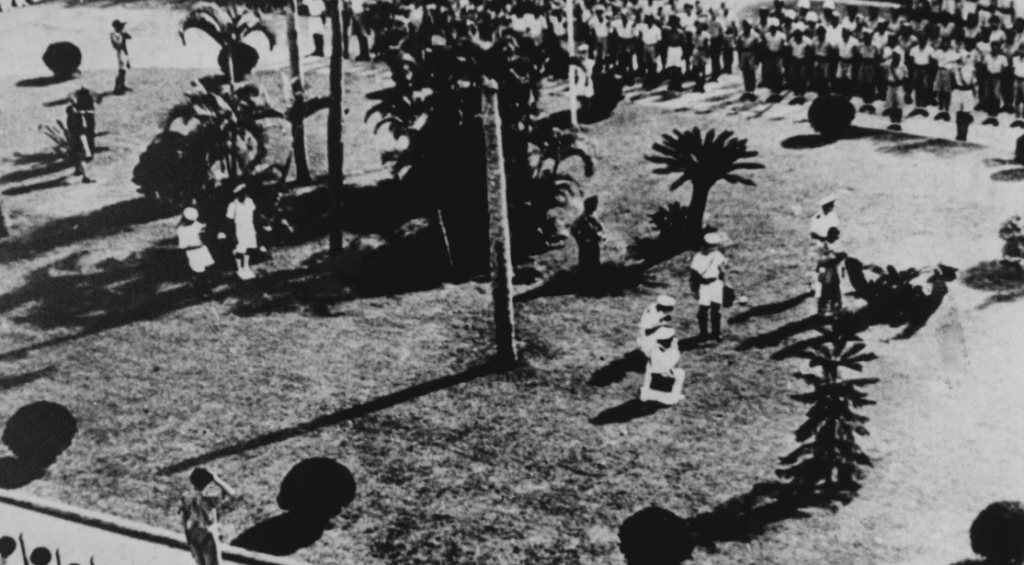Hong Kong still remembers the pain of the Second World War, especially the three years and eight months under Japanese occupation. From 1941 to 1945, the city went through hunger, fear, and violence. Families were torn apart, and many ordinary people lived with constant uncertainty. Even though the city has developed into a modern hub, memories of that period remain alive through survivors’ stories, museums, exhibitions, and community events. These efforts show that history is not forgotten, and future generations can still learn from the past.
Survivor Stories That Carry Pain and Strength
Personal accounts from survivors are among the most powerful reminders of the occupation. One such memory comes from Lam Chun, who was only eight years old when Japanese soldiers stormed into her home. They accused her sister of stealing military currency and beat her for hours.

Lam remembers hiding behind her mother, too frightened to move. Decades later, the memory has not faded. Stories like hers reveal how deeply the war affected children, families, and entire communities. They also highlight courage ordinary people endured cruelty but managed to survive and rebuild their lives.
Museums Preserve Hong Kong’s Wartime Memory
Museums in Hong Kong play an important role in keeping these memories alive. The Hong Kong Museum of Coastal Defence, once a military fort, has been transformed into a place where visitors can learn about the city’s battles and struggles. It holds exhibitions about the war, showing weapons, uniforms, and letters that belonged to soldiers and civilians. Each item tells a story of suffering and resilience.
Another important exhibition, United in Arms, Standing for Peace, is now running at the Hong Kong Museum of History. It displays wartime relics, photographs, and documents, many of which are being shown to the public for the first time. The exhibition aims to help younger generations understand how people in Hong Kong, alongside the wider Chinese resistance, fought against Japanese forces.
Technology Maps Forgotten Wartime Sites
Modern technology is also helping people rediscover the past. Historian Kwong Chi-man and his team have used old aerial photographs and archives to build a digital map of more than 3,400 wartime sites. These include guerrilla bases, military camps, factories, and even comfort stations.
Many of these places have disappeared under highways, housing estates, and skyscrapers. By mapping them digitally, Hongkongers can see how their city looked during the occupation and connect today’s streets to forgotten history.
Physical memorials across Hong Kong remind people of the war years. The Cenotaph in Central, first built to honor soldiers of the First World War, later became a site where people gather every year to remember those who died during the occupation.


 Trump son hypes bitcoin on Hong Kong leg of Asia trip
Trump son hypes bitcoin on Hong Kong leg of Asia trip  Hong Kong’s office leasing market picks up pace for fourth month
Hong Kong’s office leasing market picks up pace for fourth month  Hong Kong’s commerce chief to visit Singapore to bolster trade ties
Hong Kong’s commerce chief to visit Singapore to bolster trade ties  Hong Kong Overtakes US as IPO Destination for Chinese Startups
Hong Kong Overtakes US as IPO Destination for Chinese Startups  Hong Kong Delays Jimmy Lai’s Trial Over Serious Heart Concerns
Hong Kong Delays Jimmy Lai’s Trial Over Serious Heart Concerns  Is Hong Kong going to let extreme weather rain on productivity?
Is Hong Kong going to let extreme weather rain on productivity?